Image Archive















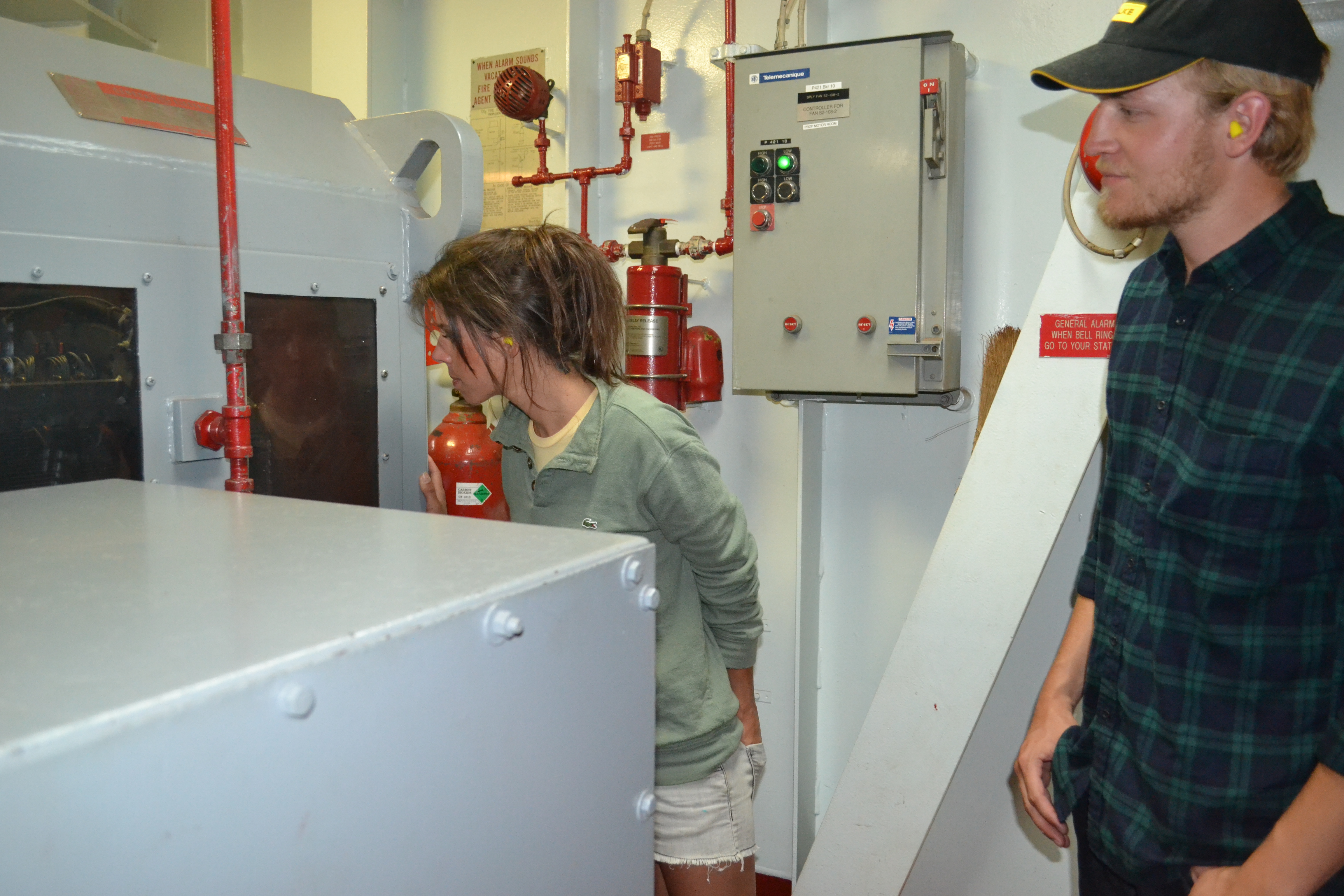

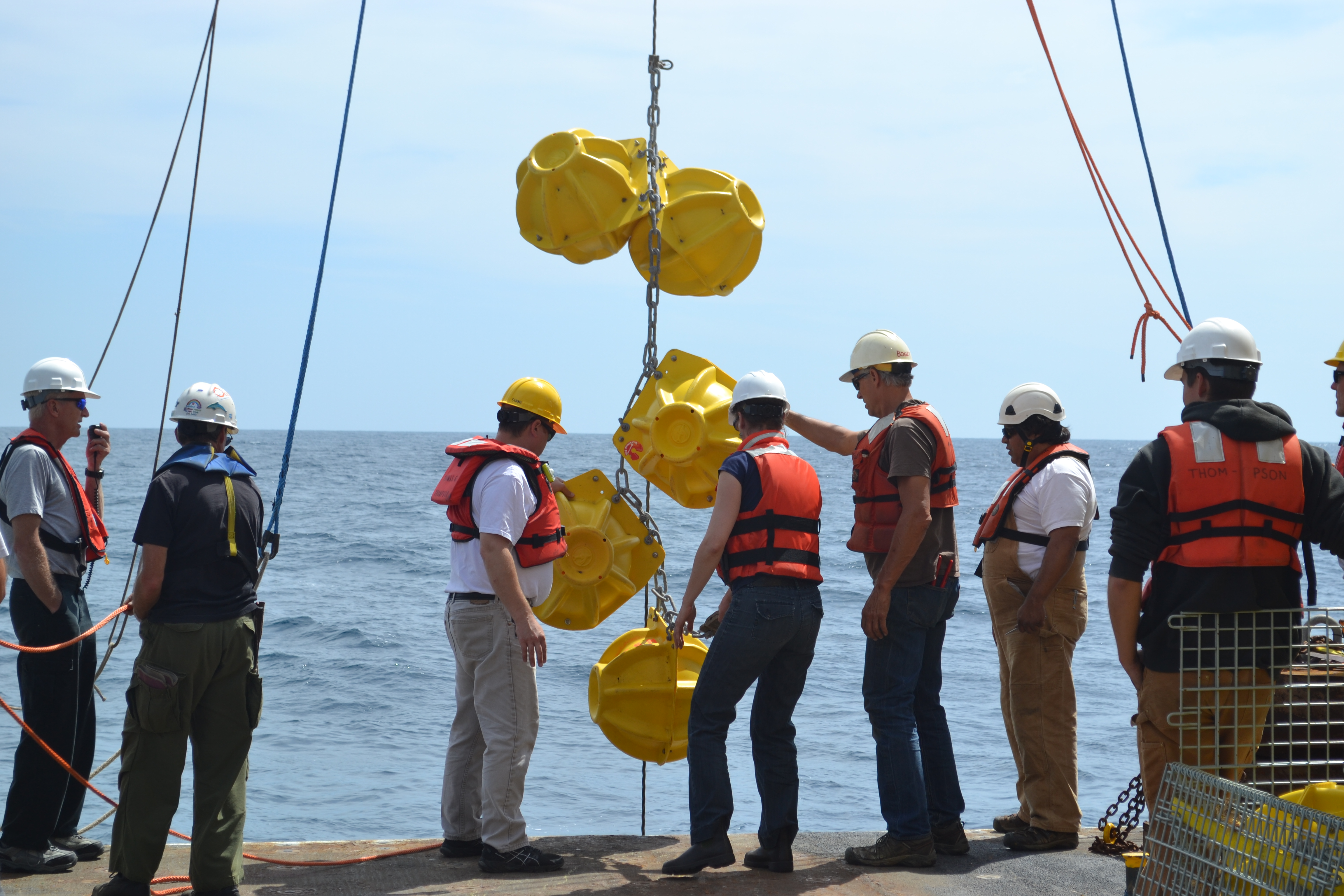


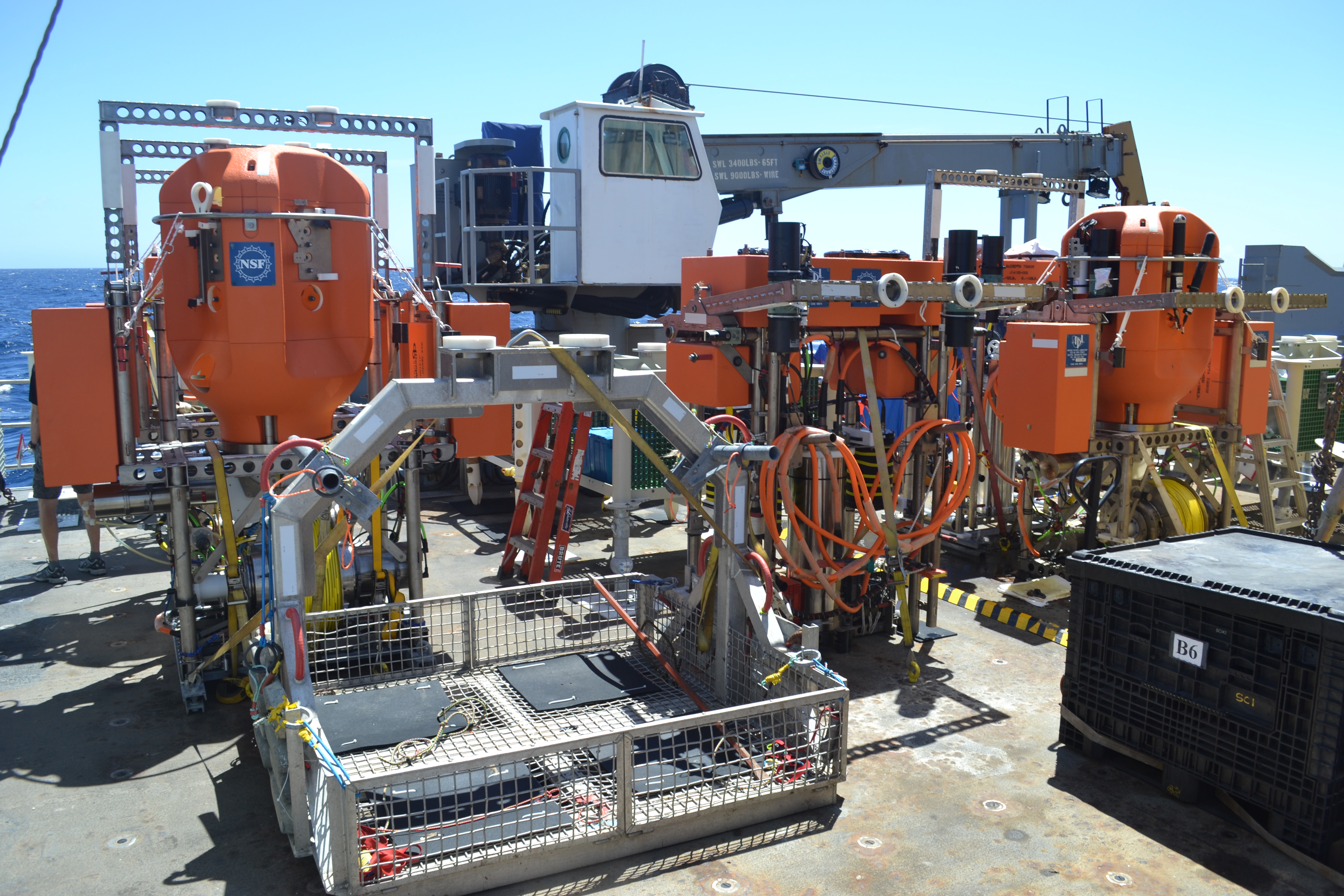


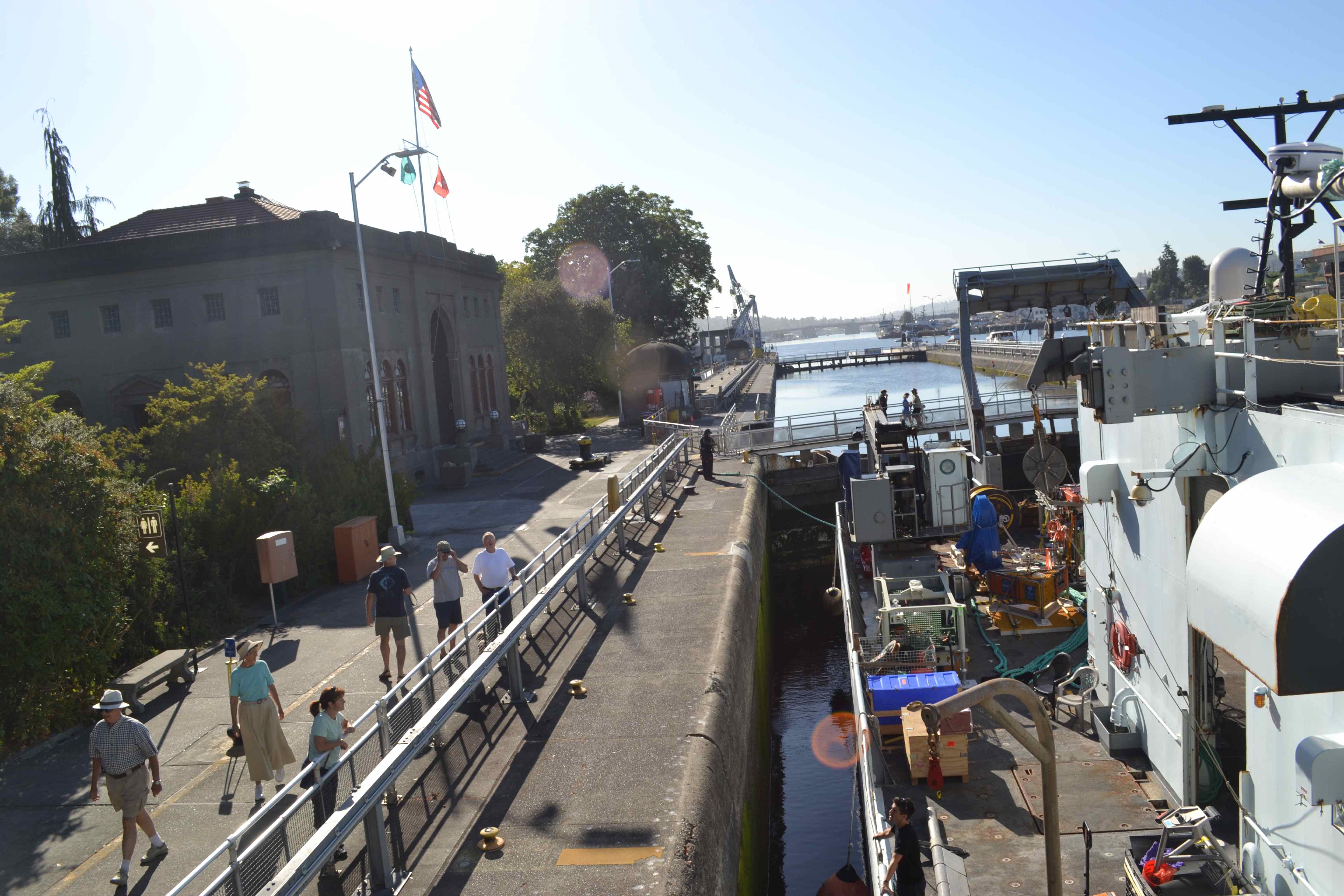

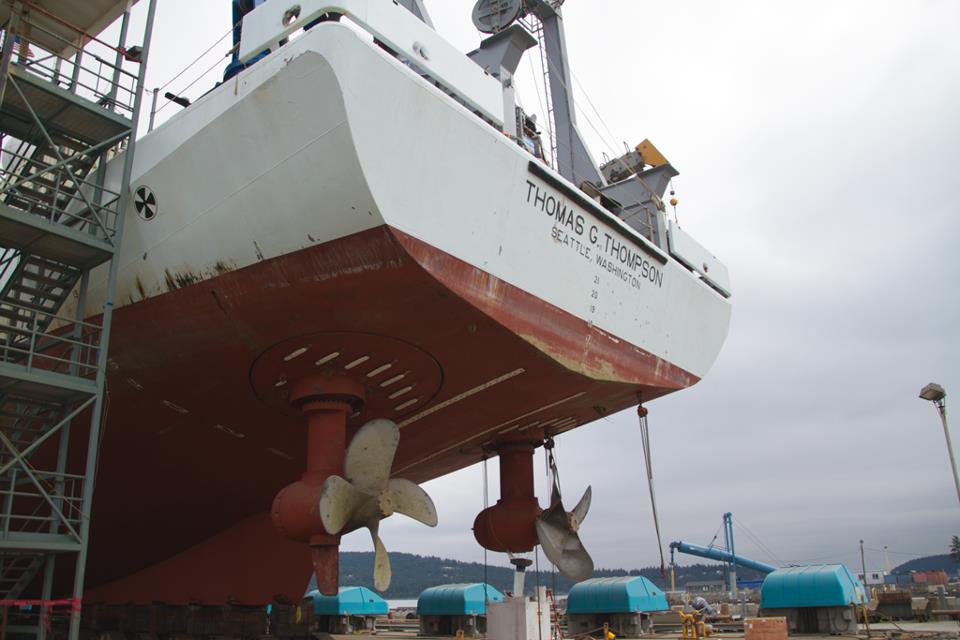



The back deck of the R/V Thompson as it pulls away from the dock in Newport to start Leg 1 of the VISIONS'22 cruise.

Beautiful sunsets and rises are one of the gifts of being at sea in the NE Pacific. Credit: University of Washington. V20

A shore crane works to offload RCA gear at the end of the 2020 Expedition. Credit: R. Scott, University of Washington, V20.

The R/V Thompson in a swirl of mist at the end of the VISIONS20 expedition. Credit: R. Scott, University of Washington, V20.

Steve Karaduzovic onboard the R/V Thompson during the NSF-funded Regional Cabled Array Expedition. Credit: University of Washington.

Th R/V Thompson in the NE Pacific on a beautiful evening - it's great to be a sea. Credit: I. Borchert, University of Washington, V20.

Jason is recovered onto the R/V Thompson with a digital still camera in the undervator. Credit: I. Borchert, University of Washington, V20.

A CTD rosette, with Niskin bottles open for sampling, is lowered over the side of the R/V Thompson. Credit: I. Borchert, University of Washington. V20

Looking down on the top of the CTD rosette onboard the R/V Thompson. Credit: I. Borchert, University of Washington. V20.

Supporting a young Cedar Waxwing that is resting atop the CTD rosette onboard the R/V Thompson. Credit: I. Borchert, University of Washington, V20.

UW Oceanography undergraduate Katie Gonzalez and Queens College undergraduate, Steve Karaduzovic, look out to sea at the beginning of Leg 2 on the VISIONS20 cruise. Credit: M. Elend, University of Washington. V20.

The fantail of the R/V Thompson is loaded with BEP's. junction boxes, and a sonar on Leg 2 of VISIONS20. Credit: M. Elend, University of Washington. V20

The MJ03E junction box is moved into position for deployment with the ROV Jason at the Eastern Caldera Site. Credit: UW/NSF-OOI/WHOI. V20

The R/V Thompson heads under Yaquinna bridge at the end of Leg 1. Credit: University of Washington. V20.

APL engineer, Trina Litchendorf, works on a digital still camera onboard the R/V Thompson during the VISIONS'20 expedition. Credit: University of Washington.

Quae (Western Washington University) and Tracie (Grays Harbor College) peer into the rear thrusters’ electric motors during the engine tour. Credit: Jessica Noe, University of Washington; V15.

Chief Engineer Paul gives Leg 2 students of tour of the R/V Thompson's shop and engine room. Credit: Joe Kalisch, Grays Harbor College, V15.

Yellow "hard hats" encase glass floatation spheres that top the infrastructure on the Deep Profiler Morrings. These spheres were being installed from the fantail of the R/V Thompson as part of the Slope Base Mooring during Leg 2 of the NSF-OOI-UW Cabled Array VISIONS'15 crusie. Credit: Mitch Elend, University of Washington. V15.

The bow lines are released from the dock...freeing the R/V Thompson to continue her seaward journey. Credit: Mitch Elend, University of Washington; V15.

The R/V Thompson begins its transit to the Slope Base site from Newport, Oregon during the VISIONS'15 expedition. Credit: Mitch Elend, University of Washington, V15.

Leg 1 of the Cabled Array VISIONS"15 expedition has been extremelly successful with the back deck of the R/V Thompson bulging at the seams with recovered infrastructure and instruments. ROPOS has had rapid turn arounds, pounding out dives. The science crew is tired, but happy. Credit: Mitch Elend, University of Washington, V15.

The ROPOS control room onboard the R/V Thompson is a magical place for many where we get to see parts of the ocean never before seen, and first of their kind operations.

The fantail of the R/V Thompson loaded with junction boxes, science pods for the Shallow Profiler Moorings, and a variety of instruments. Credit: Jesse Turner, University of Washington, V15.

The R/V Thompson awaits opening of the Ballard Locks early in the morning of July 4, 2015. Credit: Mitch Elend, University of Washington.

Under beautiful blue skies, the R/V Thompson prepares to exit the Ballard Locks to begin the Cabled Array VISIONS'15 expedition as part of NSF's Ocean Observatories Initiative. Photo Credit: D. Kelley, University of Washington.

The R/V Thompson’s Z-Drives exposed at dry dock. The dark circle in the hull surrounding each propeller rotates, allowing complete control of the thrust vector. This is a critical component of the dynamic positioning system. Photo Credit: Ed McNichol, 2012

Photo Credit: Hannah Delapp, University of Washington, V14

The Thompson crane moving the Benthic Experiment Platform from the aft deck to the ROPOS launch area, prior to deployment at Oregon Offshore (600 m depth). Credit: Rhea Sanders, Oregon State University
- Anemone
- Animal
- Arthropod
- ASHES
- Axial
- Axial Base
- Axial Biology
- Axial Caldera
- Bacteria
- Basalt Lava
- BEP
- Biofouling
- biolgoy
- Biology
- Camds
- Camera
- Camhd
- Central Caldera
- Ciliates
- Cnidaria
- Coastal Biology
- Crab
- Deep Profiler Mooring
- Dive Highlights
- Eastern Caldera
- Echinoderms
- Endurance Array
- Engineering Team
- ENLIGHTEN 10
- Exploratorium
- Fish
- Geology
- HD Camera
- HPIES
- Hydrate Ridge
- Hydrates
- Hydrophone
- Hydrothermal Vents
- Illustration
- Inshore 80 Meters
- Instrument
- International District
- J-BOX
- Jason
- Jellyfish
- Junction Box
- K12
- Lava
- Mollusk
- Moorings
- Nodes
- Nudibranch
- Octopus
- OOI
- Oregon Offshore
- Oregon Offshore 600 m
- Oregon Shelf
- Oregon Slope Base
- People
- PN1B
- PN1D
- Polychaetes
- PPSDN
- Primary Node
- RASFL
- ROCLS
- ROPOS
- ROPOS Dives
- ROV Team
- RV Revelle
- RV Sikuliaq
- RV Thompson
- Salp
- Sample
- SC13
- Science Team
- Sea Cucumber
- Sea Star
- Sea Urchin
- Seafloor
- Seismometer
- Sensors
- Shallow Profiler Mooring
- Shark
- Shipboard
- Shore Station
- Slope Base
- Smoker
- Soft Coral
- Southern Hydrate Ridge
- Sponge
- Squid
- Students
- Students & Guest Participants
- Tmpsf
- Tubeworms
- VISIONS 11 Leg 1
- VISIONS 11 Leg 2
- VISIONS 11 Viewers
- VISIONS 13
- VISIONS 14
- VISIONS 15
- VISIONS 16
- VISIONS 17
- VISIONS 18
- VISIONS 20
- VISIONS 22
- VISIONS 23
- Visualization
